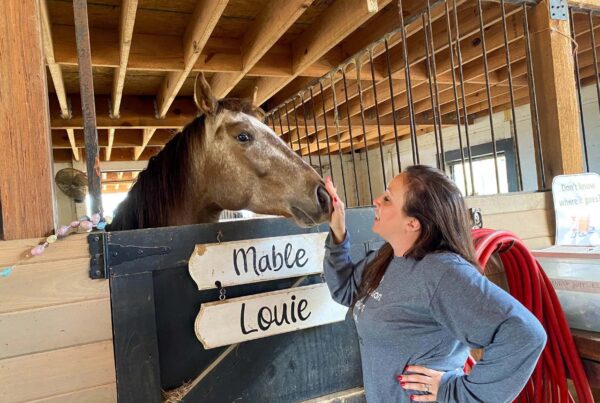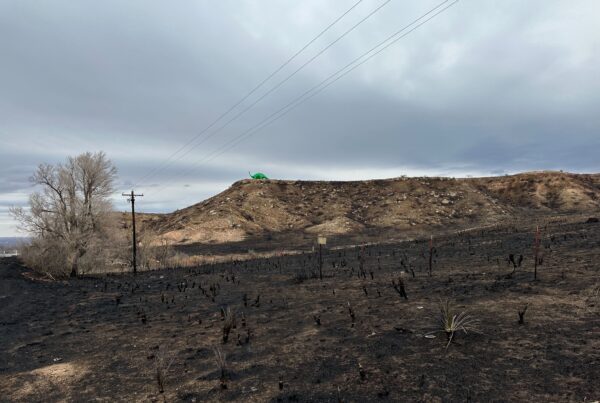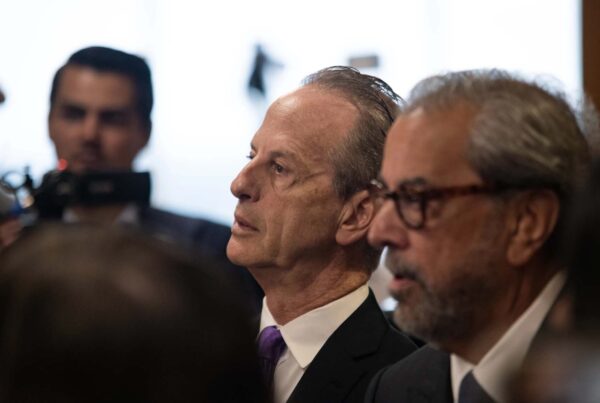One might think that the largest private employment sector in Texas would be oil, tourism, or healthcare, but just recently, the food service industry overtook healthcare for that title.
CEO of the Texas Restaurant Association, Emily Williams Knight, joined the Texas Standard to talk about the rising industry and what it means for workers.
Texas Standard: A couple of years ago, we talked about restaurants shuttering left and right, many of them for good. What’s happened since?
Emily Williams Knight: Yeah, it’s been an incredible resurgence of the sector. I think part of it was the reopening.
If you remember, I know we spoke and it was dire straits. We had thousands and thousands of restaurants closed. At one point, there were 30,000 restaurants, and today, we’re sitting at 57,000 across our great state operating. So it’s pretty incredible that Texans return to food, they return to restaurants, and they’re excited to come back.
What a comeback. How many people are working in those restaurants statewide? Do you have any numbers on that?
We sure do. And I think that’s where we’re most proud, is the return of the workforce to the industry. And we’re sitting at about 1.5 million employees, which is just incredible.
As you said, it’s the largest private sector employer now in the state. And that really means the revenue it’s driving is considerable, which we just crossed that magic billion mark. And so, in 2023, we had $106 billion in sales just in Texas.
Well, that’s a lot of revenue, obviously, for the state. But, you know, you mentioned 1.5 million people working in the industry. And my math’s not perfect, but if I think about the overall workforce, we’re talking at least more than 10% – maybe 10 or 11%, right?
So exactly, we make about 11%. And that’s in every community.
I think that’s what makes restaurants so unique, is that you’ve got a workforce that’s returned to every single part of Texas, and is thriving because wages grew considerably. Benefits – we thought long and hard in the pandemic, and a lot of folks are now offering different healthcare benefits and options to really make that employee want to call that restaurant home for their career.
If you’re already employing something like 1.5 million Texans, I guess you’ve got to be concerned about how you’re going to keep this growth going. You’re going to need workers. How’s that working out so far?
That’s a great question. You know, even in 2019, prior to the pandemic, there wasn’t enough workforce for the growth. We’re opening restaurants faster than any part of the country.
And so we are projecting right now just by 2030, less than six years from now, we’re going to need another 225,000 workers in restaurant and food service, which is why we’re really working with our high school program and just involving folks and really looking at all those people that may want to come build a career here.
Because in order to keep feeding Texans – and we know that we can see in the numbers, they love restaurants – we’ve got to have the workforce to support them.
What’s the biggest obstacle when it comes to the workforce right now?
For us it’s really back to stability. I think what we’re seeing is now people are returning and settling into whatever those habits are post-pandemic. And so many of them may have tried different things during the pandemic, started their own businesses…
I think what we’re seeing is that what’s drawing them back is the flexibility of the industry. So they can work a few hours, a lot of hours, be full-time. And so we’re seeing that.
But I also think we’re seeing people that are still trying to figure out “which direction am I headed in my life?”
You have a lot of nontraditional hours in this business, and I’m wondering how much childcare is an issue. I was talking with a reporter yesterday who said childcare could well become a priority in the next legislative session. And you look at the size of the restaurant and food service industry. Well, that makes you guys kind of a political power player.
Yes. And we’re going to leverage that power.
We created the Employers for Childcare Task Force, and we have partnered and have a coalition, frankly, with Texas 2036, Texas Association of Business, and Early Matters and we feel that we have an opportunity in this next legislative session to come up with one set of policies that will create the infrastructure we need in this state to support working families.
I think bringing all the advocates and the business community together to sort of come to the Legislature to say we can do better and hear ideas, not a one-year plan, a two-year plan.
Still, it’s going to take us a little while, but we’ve got to shore up childcare. In the state, in particular, for your point, it’s the nontraditional hours for us, and we know that we’re 53% women in this industry.















